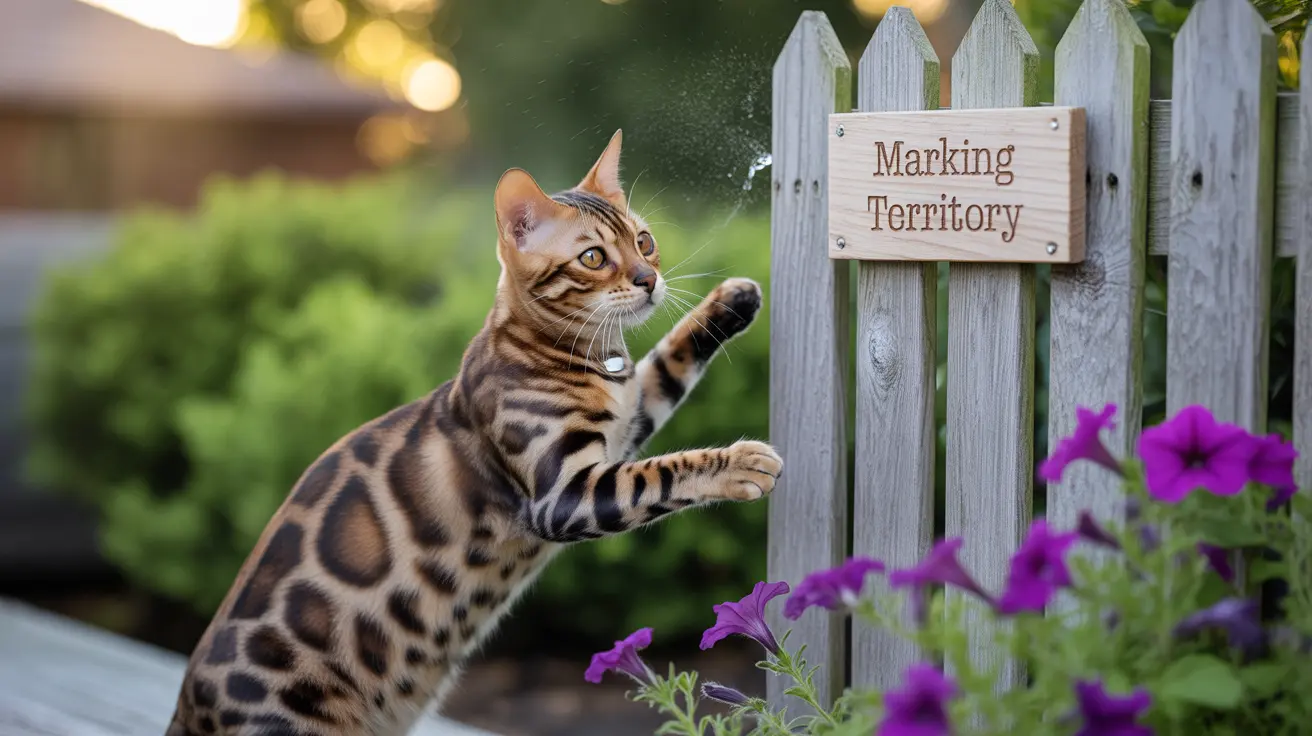Physical Characteristics of Unneutered Male Cats
Unneutered male cats develop distinctive physical features that set them apart from their neutered counterparts. These cats typically display larger, more muscular bodies with broader heads and thicker necks. Their prominent appearance is directly linked to testosterone production, which drives these physical developments during sexual maturity.
Another notable characteristic is the development of enlarged scent glands near their tails, often resulting in a condition known as "stud tail." This feature, combined with their more pungent urine, plays a crucial role in their territorial marking behaviors.
Behavioral Challenges and Territory Marking
One of the most challenging aspects of living with an unneutered male cat is their strong urge to mark territory. These cats frequently spray urine on vertical surfaces, both inside and outside the home. This behavior serves as a communication method with other cats but can create significant problems for indoor living environments.
The spraying behavior is accompanied by increased aggression, particularly toward other male cats. These confrontations often lead to serious fights, resulting in injuries and potential disease transmission.
Health Risks and Life Expectancy Impact
Unneutered male cats face several significant health risks. Research shows they typically live 62% shorter lives than their neutered counterparts. This reduced lifespan is attributed to various factors, including:
- Higher risk of contracting FIV and FeLV through fighting
- Increased likelihood of vehicle accidents due to roaming
- Greater exposure to injuries from territorial disputes
- Higher stress levels from constant mating drives
Population Control and Community Impact
A single unneutered male cat can contribute significantly to feline overpopulation. These cats can mate with multiple females, potentially leading to dozens of kittens within a single breeding season. This reproductive capacity has serious implications for animal shelters and community cat populations.
Animal welfare organizations consistently emphasize the importance of male cat neutering as a crucial component of population control strategies. The impact of one unneutered male can far exceed that of a single unspayed female in terms of potential offspring.
Living with an Unneutered Male Cat
Households with unneutered male cats often face daily challenges, including:
- Strong, persistent urine odors
- Property damage from spraying
- Increased aggression toward humans and other pets
- Loud vocalizations, especially at night
- Escape attempts and roaming behaviors
Frequently Asked Questions
What are the key physical signs that my male cat is unneutered?
The most obvious signs include visible testicles, a larger and more muscular body, broader head, thick neck, and the presence of "stud tail" (oily, matted fur near the tail base due to overactive scent glands).
Why does my unneutered male cat spray urine and how can neutering help?
Unneutered males spray to mark territory and attract mates, driven by testosterone. Neutering typically reduces spraying behavior by about 85%, as it removes the hormonal motivation for territorial marking.
How does being unneutered affect my male cat's behavior and aggression?
Unneutered males typically show increased aggression, territorial behavior, roaming tendencies, and frequent vocalization. These behaviors are hormone-driven and usually decrease significantly after neutering.
What health risks do unneutered male cats face compared to neutered ones?
Unneutered males face higher risks of FIV/FeLV infection, injuries from fighting, accidents while roaming, and generally have shorter lifespans. They're also more likely to develop certain health conditions related to hormonal influences.
At what age should I neuter my male cat for the best health and behavior outcomes?
Veterinarians typically recommend neutering male cats between 4-6 months of age, before they reach sexual maturity. This timing helps prevent the development of unwanted behaviors and provides optimal health benefits.






